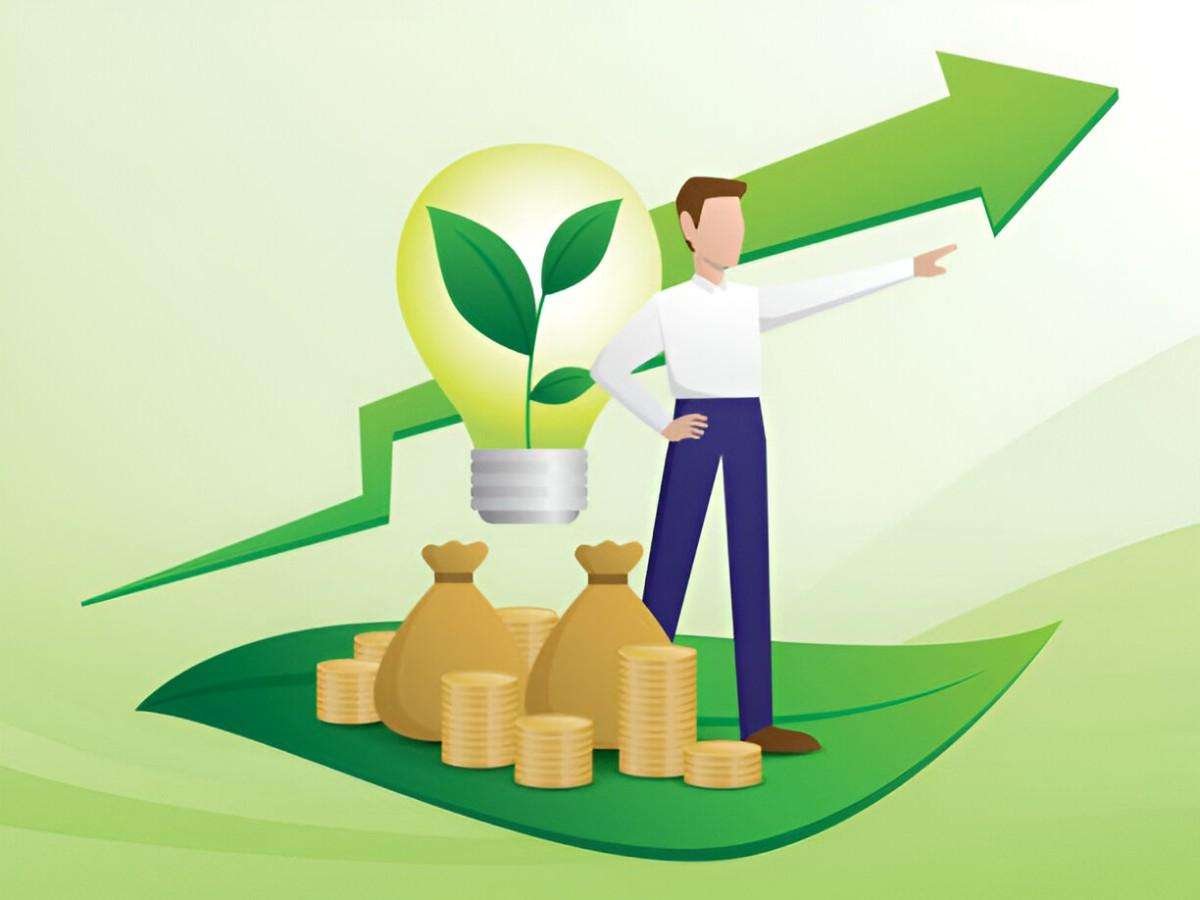Introduction
Businesses today face rising energy costs, stricter regulations, and increasing consumer demand for sustainability. Cutting waste, reducing energy use, and switching to greener alternatives can lower expenses while improving a company’s reputation. I have outlined ten ways businesses can operate more sustainably while saving money. These methods offer both immediate cost reductions and long-term financial benefits.
Table of Contents
1. Switch to Energy-Efficient Lighting
Replacing incandescent bulbs with LEDs cuts energy costs and reduces maintenance. LEDs use 75% less electricity and last 25 times longer than incandescent bulbs.
| Lighting Type | Power Consumption (Watts) | Lifespan (Hours) | Annual Cost per Bulb* |
|---|---|---|---|
| Incandescent | 60 | 1,000 | $52 |
| CFL | 14 | 10,000 | $12 |
| LED | 9 | 25,000 | $8 |
*Assuming an electricity rate of $0.12 per kWh and usage of 10 hours per day.
Switching to LEDs in an office with 100 bulbs saves over $4,000 annually.
2. Reduce Paper Waste
Digitalizing processes cuts printing costs and improves efficiency. Switching to cloud storage, electronic invoicing, and e-signatures eliminates the need for most printed documents. A company spending $500 monthly on printing can save over $6,000 annually by transitioning to digital alternatives.
3. Optimize Heating and Cooling Systems
Heating and cooling systems account for a large portion of energy bills. Proper insulation, programmable thermostats, and regular HVAC maintenance reduce energy waste. A programmable thermostat alone can save up to 10% on heating and cooling costs.
4. Use Energy-Efficient Equipment
Energy Star-rated appliances consume up to 50% less energy than standard models. Replacing outdated equipment lowers power consumption and maintenance expenses. A business using old refrigerators and computers can cut electricity bills by thousands per year with energy-efficient upgrades.
5. Encourage Remote Work and Flexible Schedules
Reducing office space requirements lowers rent, utility, and maintenance costs. Companies that allow remote work for half their employees can reduce office space needs by up to 50%, saving on rent, electricity, and office supplies.
6. Implement Waste Reduction Strategies
Waste disposal costs add up. By implementing recycling programs, composting food waste, and reducing packaging, businesses lower waste-related expenses. A restaurant that diverts 50% of its waste from landfills can save up to $5,000 annually on disposal fees.
7. Source Locally and Sustainably
Local sourcing reduces transportation costs and carbon emissions. It also supports local economies. A company purchasing office supplies from a nearby vendor may see lower shipping costs and faster delivery times.
8. Install Solar Panels
While solar panels require an initial investment, tax incentives and long-term energy savings make them cost-effective. A business spending $1,500 per month on electricity can cut expenses by 70% with a solar system, saving over $12,000 annually.
| System Size (kW) | Installation Cost | Annual Savings | Payback Period |
|---|---|---|---|
| 10 | $20,000 | $2,500 | 8 years |
| 20 | $35,000 | $5,000 | 7 years |
| 50 | $80,000 | $12,500 | 6.5 years |
9. Improve Water Efficiency
Simple changes like installing low-flow faucets and fixing leaks lower water bills. Businesses using water-intensive processes can benefit from water recycling systems. A manufacturing facility saving 1,000 gallons per day through efficiency measures can reduce costs by over $5,000 annually.
10. Encourage Sustainable Commuting
Providing incentives for employees to bike, carpool, or use public transportation reduces parking costs and carbon footprints. Companies offering a $50 monthly transit subsidy for 50 employees spend $30,000 annually but may save on parking, fuel reimbursements, and congestion-related inefficiencies.
Conclusion
Greening a business saves money while improving efficiency and sustainability. By adopting energy-efficient lighting, reducing waste, upgrading equipment, and implementing renewable energy solutions, businesses cut expenses and strengthen their reputation. Investing in sustainability creates long-term financial and environmental benefits.





